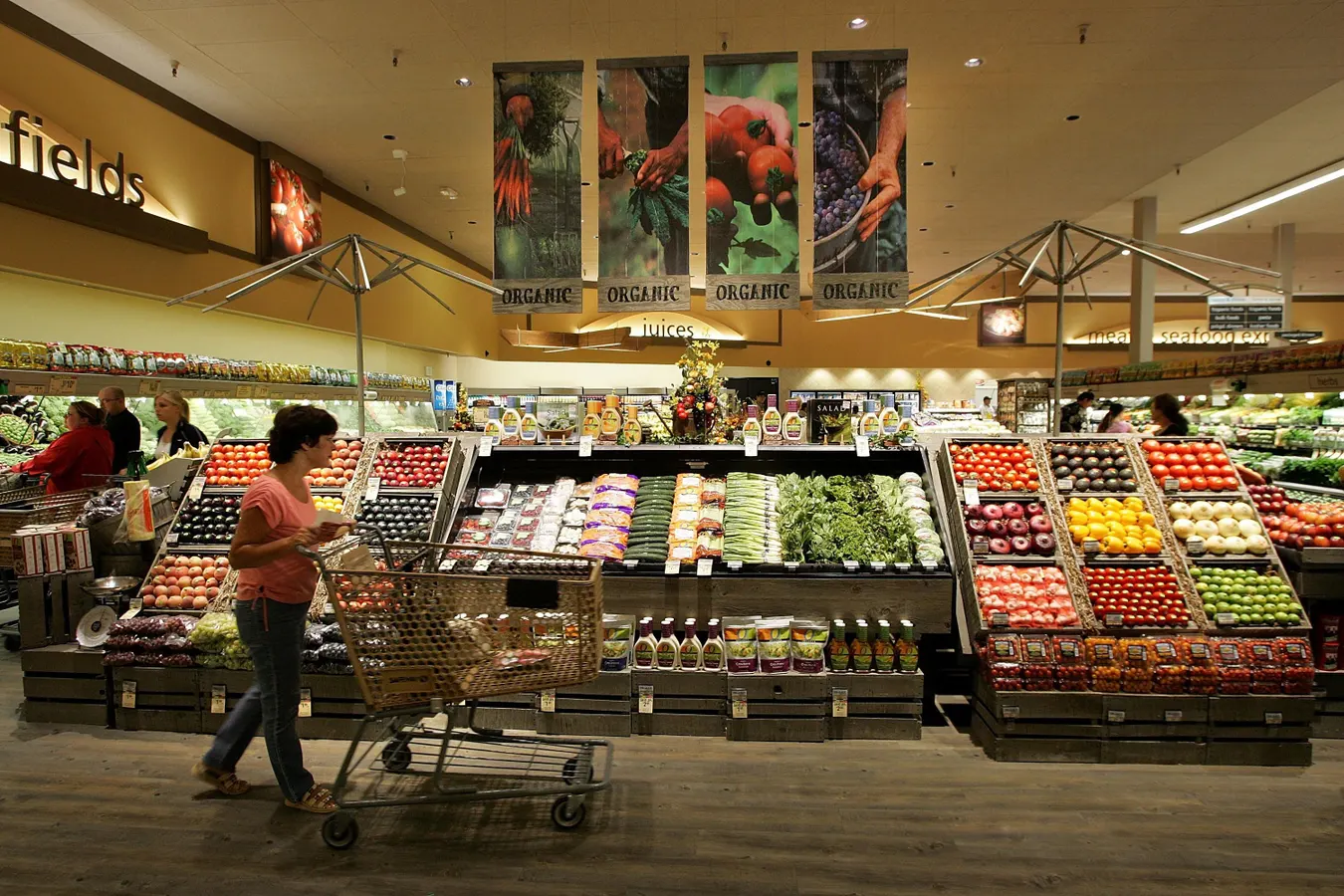Executive Summary: The global food retail industry, comprising supermarkets, hypermarkets, convenience stores, and online grocery platforms, plays a pivotal role in providing consumers with access to a wide range of food products. Amidst evolving consumer preferences, technological advancements, and competitive pressures, the industry continues to undergo significant transformation. This report offers insights into the current landscape, key trends, challenges, and future prospects of the global food retail sector.
Industry Overview: The food retail industry encompasses various channels through which consumers purchase food products for household consumption. It includes both brick-and-mortar establishments and online platforms, catering to diverse customer segments with different shopping preferences and needs.
Market Size and Growth: As of the latest data, the global food retail market is valued at trillions of dollars, with steady growth projected in the coming years. The industry’s expansion is driven by factors such as population growth, urbanization, rising disposable incomes, and increasing consumer demand for convenience and quality.
Key Trends:
- E-commerce Expansion: Online grocery shopping has experienced exponential growth, accelerated by the COVID-19 pandemic. Retailers are investing in digital platforms, logistics infrastructure, and last-mile delivery solutions to capitalize on this trend.
- Health and Wellness: Consumers are increasingly seeking healthier food options, leading to a surge in demand for organic, natural, and functional foods. Retailers are expanding their offerings to cater to this growing segment.
- Sustainability: There is a growing emphasis on sustainability and ethical sourcing practices among consumers. Retailers are adopting initiatives to reduce food waste, minimize packaging, and support sustainable farming practices.
- Personalization: Data analytics and artificial intelligence are being leveraged to personalize the shopping experience, offering targeted promotions, product recommendations, and tailored assortments.
Challenges:
- Competition: Intense competition from both traditional and online retailers poses challenges for market incumbents, necessitating differentiation through pricing strategies, product offerings, and customer service.
- Supply Chain Disruptions: The food retail industry is susceptible to disruptions in the supply chain, including transportation bottlenecks, labor shortages, and fluctuations in commodity prices.
- Regulatory Compliance: Compliance with food safety regulations, labeling requirements, and environmental standards presents challenges for retailers operating in multiple jurisdictions.
- Changing Consumer Behavior: Rapidly evolving consumer preferences and shopping habits require retailers to adapt quickly to stay relevant and meet customer expectations.
Future Outlook: The global food retail industry is expected to continue its growth trajectory, driven by technological innovation, demographic shifts, and changing consumer preferences. E-commerce will play an increasingly significant role, with retailers investing in omnichannel strategies to provide seamless shopping experiences across online and offline channels. Sustainability and health-consciousness will remain key drivers of consumer behavior, shaping product offerings and business strategies.
In conclusion, the global food retail industry presents both opportunities and challenges for retailers seeking to capitalize on evolving consumer trends and technological advancements. Those able to innovate, adapt, and differentiate themselves will be well-positioned for success in this dynamic and competitive landscape.



